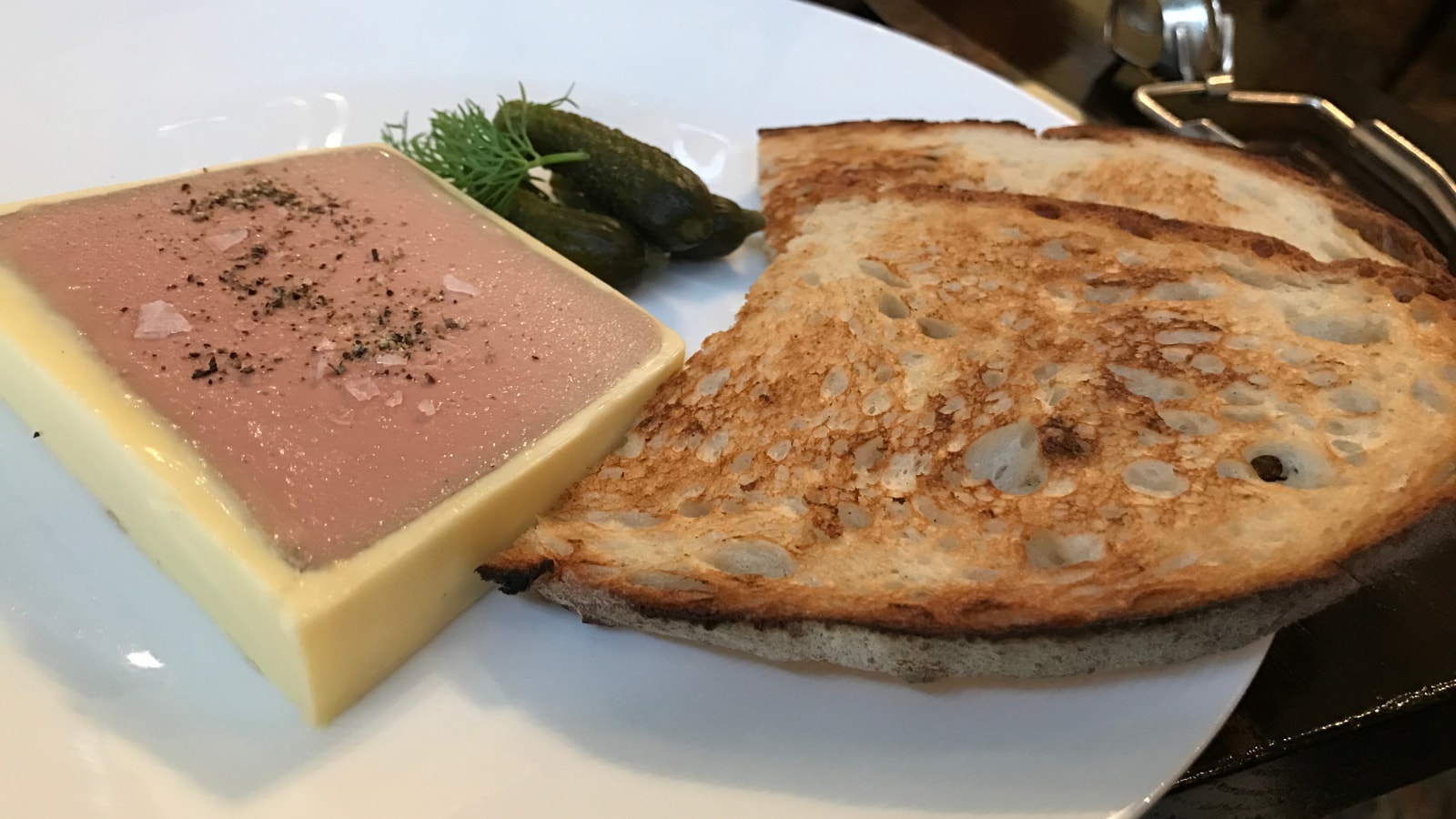What The Fork: Foie Gras to Kheema Kaleji, Kunal Vijayakar on the Finer Things in Life
There are a few foods that are banned in India, and I mean beyond the belligerent ban on beef, and one of those foods is foie gras. While foie gras continues to be served in the most sought-after restaurants in the world, India became one of the first countries to ban the import of this French delicacy.
Foie gras, for the uninitiated, translates as “fatty liver”, and is the liver of a goose or duck that has been fattened by force-feeding the bird. Considered frightfully inhuman and cruel, many countries ban the production of foie gras but continue to import it. After all, it is quite relished by those who like the finer things in life, I hate to say, including me. But while my penchant occasionally entraps me into ordering some when abroad, my heart most often stops me from doing so. It’s a battle between the heart and gustation.
There are a few sanctioned ways of cooking foie gras. Terrine of foie gras is actually one such unalloyed and faithful ways of cooking the liver. Slices of liver are layered in a pan along with a bit of French sweet wine or Armagnac (French Brandy). The terrine is then packed into a terrine mold, pressed down firmly to remove any air bubbles, making sure the liver is pressed into the corners of the tin and cooked at low temperature in a Bain Marie (water bath); once done, it’s chilled and sliced. I love terrines of all kinds, especially meatloaf, and a smooth liver terrine is a winner.
But the simply seared foie gras is what I love the most. Traditionally, foie gras is cooked by simply searing whole liver in a hot pan, carefully, because foie gras is soft and delicate and can melt easily. When simply seared, the foie gras tastes gently smoky on the outside and rich, meaty and buttery on the inside. Hélène Darroze at her flagship restaurant at The Connaught in London makes a heavenly pan-roasted foie gras with a coating of sesame seed, sobacha (buckweed tea) and toasted buckwheat, served along with melon and a sauce of Koji rice and sake. It’s too exotic for words.
And then there is pâté de foie gras. The most-touted and bourgeois form of eating foie gras. Available easily in jars, bottles and tins, and usually made from duck liver. Cooked foie gras is pureed along with brandy and butter to make smooth, gossamer, silky paste or a mousse which can be spread on crackers and devoured. At the restaurant Dinner by Heston Blumenthal in London, they present chicken liver and foie gras parfait encased in mandarin orange jelly to create what looks like a small mandarin orange. It’s a scintillating stroke of genius, not only in the way it tastes, but also the way it looks.
But alas, foie gras is elusive as well as unthinkable in India so we have to make do with the goose’s déclassé cousin, the chicken and her liver. Chicken liver pâté or parfait is readily made in most fancy restaurants and appears on most charcuterie boards at Mumbai’s social dos. Even retro-classic home chefs and confectioners make tubs full of silky smooth chicken liver pâté and some of them are very good.
Chicken livers are sautéed along with butter, garlic and shallots, and then deglazed, traditionally with cognac, port, red wine or even whisky. You then boil off the alcohol till you can take the edge off the flavour and cool the livers. Then maybe with a little cream, the livers are blended into a smooth paste, transferred into a bowl and the top covered with melted butter and then refrigerated. On a slice of melba toast, it’s quite a bonne bouche.
From my earliest memories, we have always cooked chicken liver at home. At parties there would always be liver-on-toast, salvers full of little slices of toast or mini vol-au-vent topped with chicken liver. Chopped, podgy pieces of liver sautéed with onions, garlic, spices and random sauces, ranging from tomato ketchup to Worcestershire, dark, piquant and spicy, making a marvelous pass around.
The old clubs like the Willingdon and Cricket Club always did Kidney or Liver Masala on Toast as a verandah snack. A slice of toast soaking in thick gravy of spicy masala liver, garnished with coriander. My grandmother used to make her version of risotto, spicy, tomato-flavoured rice with chunky pieces of chicken liver topped with grated processed cheese and baked in the oven. Though it wasn’t anything like a bona fide Italian risotto, it was just astounding.
Even on the streets of Delhi, Agra, Lucknow and Mumbai, Kaleji and Kheema, Kaleji and Gurda, or just kaleji on the tawa is food that I always pursue ardently, food which remains time-honoured and venerated on the streets of our country. And that is why, the liver from the most well-bred to the downright street-bred is a hallowed organ that I so revere.
Kunal Vijayakar is a food writer based in Mumbai. He tweets @kunalvijayakar and can be followed on Instagram @kunalvijayakar. His YouTube channel is called Khaane Mein Kya Hai. The views expressed in this article are those of the author and do not represent the stand of this publication.
Read all the Latest News, Breaking News and Coronavirus News here. Follow us on Facebook, Twitter and Telegram.
For all the latest lifestyle News Click Here

